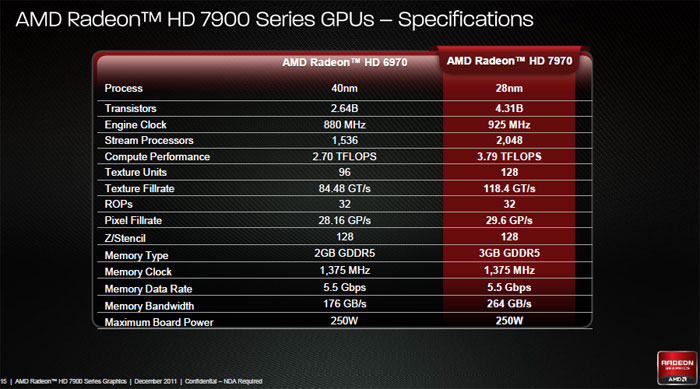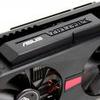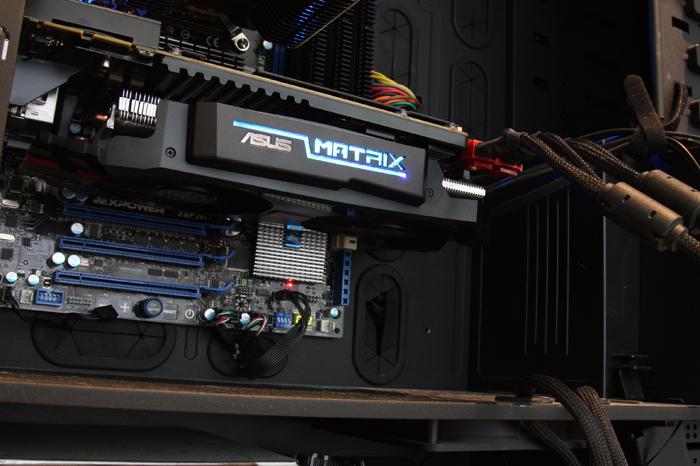Southern Islands and Tech
Southern Islands
So over the past few months you have been hearing about several codenames and that can be a little confusing. It's simple really, in the market we have entry level, mainstream and high-end products. When you notice 'Cape Verde' that's entry level, the 7700 series that was just released. Pitcairn will be the codename the mainstream products (7800) will hide under, and finally Tahiti is the codename for the GPUs used on AMD's most high-end graphics cards.
- Entry level = Cape Verde = Radeon HD 7700 series
- Mainstream level = Pitcairn = Radeon HD 7800 series
- High-end level = Tahiti = Radeon HD 7900 series
The entire segment from top to bottom has been released in Q1 2012.
Technology
With an R7970 in da house we'll focus on the 7900 series today, of course, but it is important to understand that there are significant changes in this family of GPUs. The GPU architecture was overhauled, AMD moved towards a 28nm process technology, the new cards are PCIe gen 3 compatible and there have been significant changes on power consumption. We'll address all the features separately of course.
With the launch of the Radeon HD 7000 series you will also see Eyefinity updated towards version 2.0 DDM, audio is now fully supported (you hear audio on the actual monitor it's played off), a new 5x1 landscape mode is introduced, and you may now create custom multi-monitor resolutions.
Let's break things down.
Radeon HD 7970
Right, we start off with the GPU overview (we'll discuss architecture later). AMD now bakes GPUs on the all new 28nm node, in very simple wording that means they can put more transistors on a smaller area. The Tahiti core has a stunning 4.3 Billion transistors, 4,312,711,873 to be precise.
The internal architecture has changed, we'll talk a little deeper about that in a minute. But as a result the R7970 is packed with 2048 shader processors harbored in Compute Units segments (32 of them).

Memory volume wise the rumors where right, the card will pack a massive 3 Gigabyte of DDR5 memory. This is not done for bragging rights, but AMD simply takes Eyefinity and multiple monitor usage very seriously, it is there where the extra memory makes a lot of sense. The memory bus has been increased from 256-bit towards 384-bit as well.
Packing so many transistors on a product is staggering, but if you can't apply a fast enough clock frequency it will become a problem. Well, that's not an issue for AMD either, the R7970 is clocked at a very fast 925 MHz with room to tweak towards a full GHz or even higher. That 384-bit memory is clocked at impressive speeds as well, 5.5 Gbps that's bandwidth for up-to 264 GB/sec (!).
The Matrix Platinum ups these numbers a little however ...


